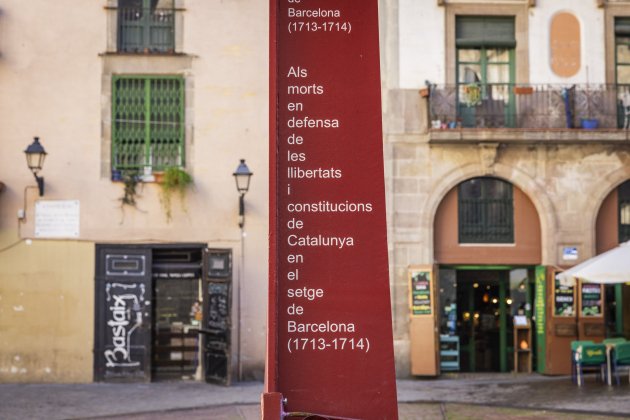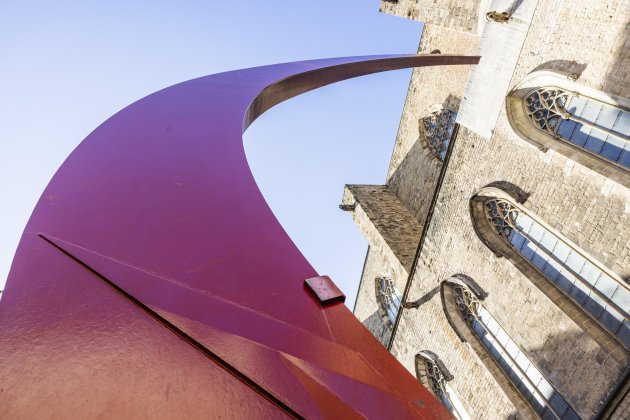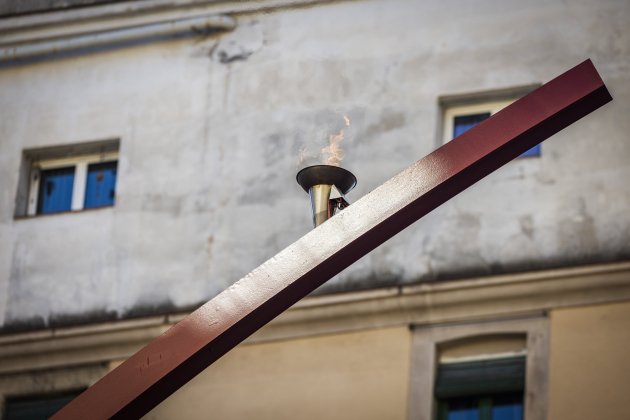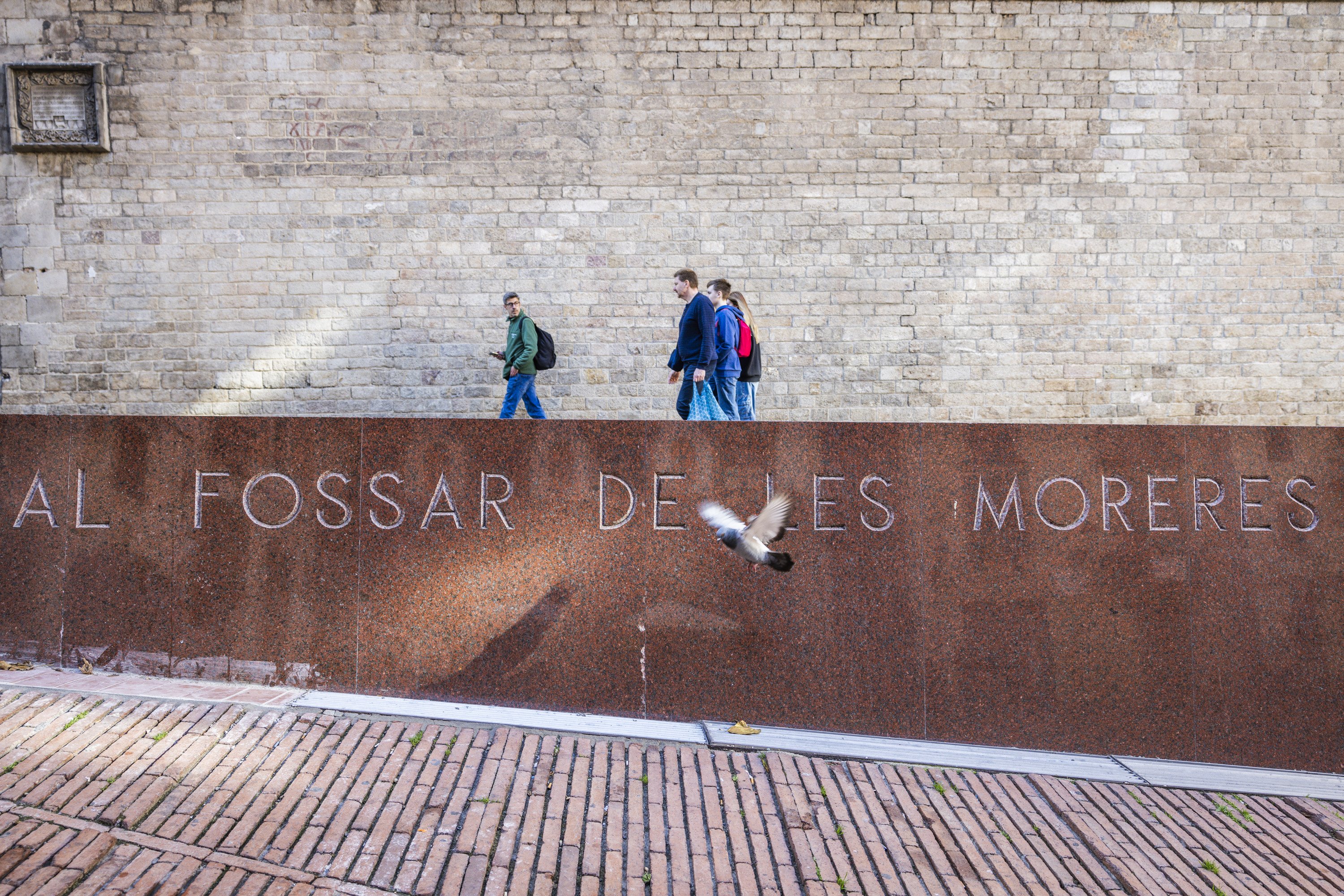January 21st this year marked the centenary of the death of Vladimir Ilyich Ulyanov, better known as Lenin, revolutionary leader, first government head of the Union of Soviet Socialist Republics (USSR) and architect of the conversion of the Russian empire into the world's first communist regime. Of the few images that have emerged from the commemoration - given Russia's isolation due to the military aggression against Ukraine - the images of his mausoleum stand out, occupying pride of place in Moscow's Red Square, right beside the walls of the Kremlin, seat of the Russian and previously Soviet government.
The mausoleum is a huge granite mass in the form of a stepped pyramid that contains, inside - and against his will - Lenin's embalmed body. In the Soviet era, it was common for its stepped levels to be used as a balcony for the regime's highest figures to preside over major events, such as the parade every May 9th that commemorates the Soviet victory in World War Two, and the long queues to visit the mummified Lenin were a recurring feature of the centre of the capital in Soviet times, and even today it is one of the main tourist attractions of the capital of the Russian Federation.
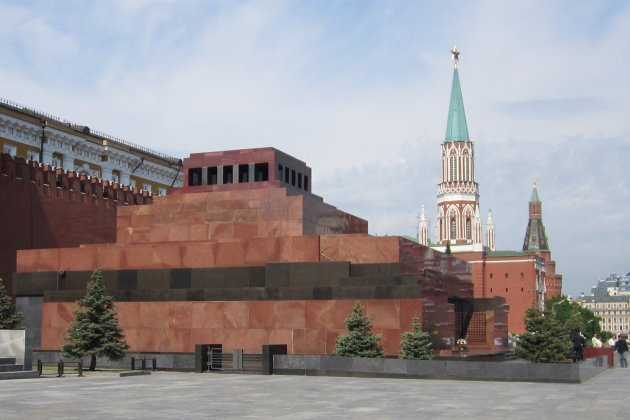
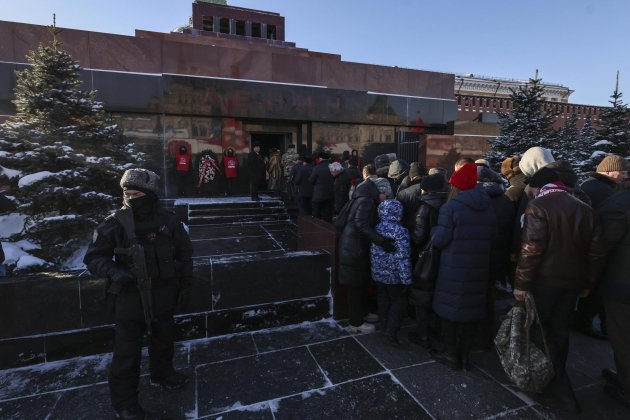
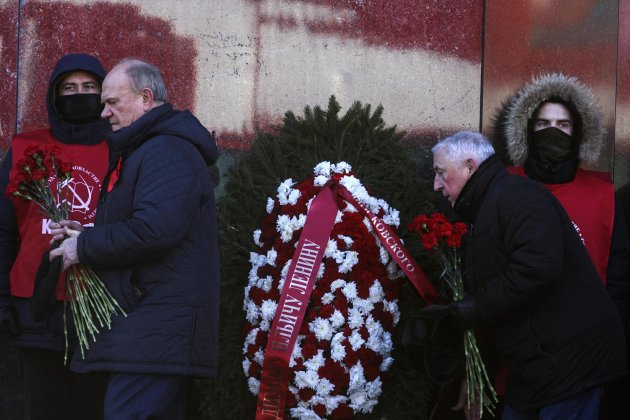
So, due to its symbolism, location and architecture, Lenin's Mausoleum is a building that is well-known around the world, perhaps not as much as Moscow's most iconic image, St Basil's Cathedral and its colourful onion domes, or the Kremlin itself and its walls, but well-enough to be recognized as a fundamental element of Red Square, in the epicentre of Moscow. What is not so well known is the unusual relationship between the mausoleum and a rather unique monument in Barcelona, the Memorial del Fossar de les Moreres, - "The graveyard of the mulberries" - in the central city neighbourhood of La Ribera, where an eternal flame burns in memory of the defenders of the rights and freedoms of Catalonia, buried here in a mass grave after the besieged Barcelona fell to the troops of Spanish king Felipe V in 1714.
The Fossar de les Moreres became symbolic as the resting place of those who had fought for an independent Catalonia that was lost as the victororius Felipe V went on to dismantle the Catalan institutions. But it was not until the late 20th century, that the current memorial space was created, in a task that dragged on over time, amid controversy about how the space should be dignified, including specific disagreements on whether or not to preserve a bridge that crossed Carrer de Santa Maria to the church, which was in the end demolished. In any case, on September 11th, 1989, the Memorial was officially opened - with the commemorative flame sculpture to be added later - based on a plan by architect Carme Fiol, whose main visual points were the paving of the central triangle of the Fossar - a space previously occupied by buildings of no architectural interest - with reddish cobblestones and the creation of a wall along the Carrer de Santa Maria side, on which a phrase that the playwright Serafí Pitarra dedicated to the martyrs of 1714 was engraved: "No traitor is buried in the Fossar de les Moreres, until we lose our flags it will be the urn of honour".
The wall in question is made of red granite, but it is not just any granite: it is, in fact, the same type and extracted from the same quarry as the stone used in 1930 to build Lenin's Mausoleum. This connection, curious enough in itself, was already made known in January 1989, when the works were announced. "The red granite, brought from the Soviet Union, will be of the same type as that used in Lenin's mausoleum", pointed out 'La Vanguardia' succinctly in its edition of January 10th of that year. It is also noted on the website Art Públic, created by the Barcelona city council and the University of Barcelona, which specifies that it is a "wall 30 metres long and covered in red granite from the USSR, the same granite we find in Lenin's mausoleum".
Kapuściński or Kapustino type granite
Despite this documentary evidence, this circumstance is sufficiently unknown among the public to investigate a little more about the provenance of this material and, indeed, Carme Fiol, the author of the architectural design, confirms to ElNacional.cat that it is the same type of granite as the mausoleum and from the same quarry, of the "Kapuściński, according to the marketing name of the red granite given by the Kyiv quarry" type where it was acquired. In fact, in 1989 that granite was extracted in the territory of the Soviet Union, but now we would say that it comes from Ukraine, specifically from the area of Slynka, a town located about two hundred and twenty kilometres south of the capital and that in the past it was called Kapustino, from which the name of this granite is derived. Alternatively, it is also known by the names of Kapustinsky, Santiago Red, Rosso Koral, Rosso Santiago, Kapustin and simply Kapustino.
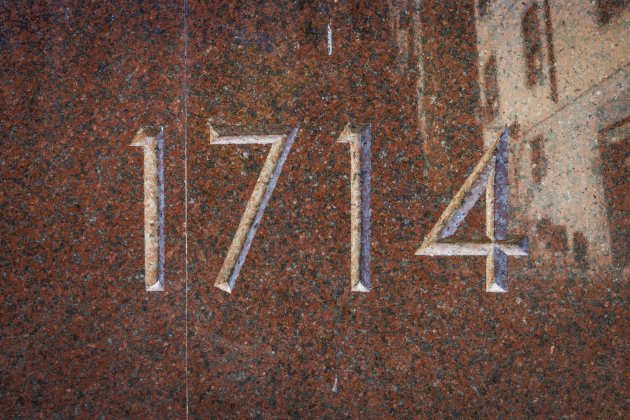
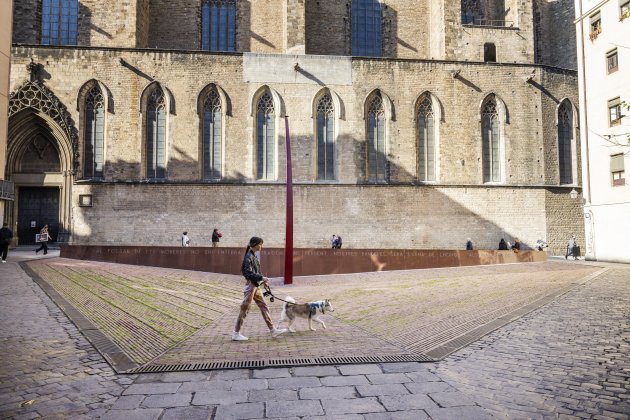
Fiol recalls that this particular type of granite was chosen to complete the red colour used through the entire project of the 1714 Memorial in the Plaça del Fossar de les Moreres, as a symbol of the blood shed in all the battles", and adds that "the granite facing with the inscription is red, with a geometric profile in which its sharp edges and shiny surfaces contrast with the floor of the Memorial's concavity, which is also reddish, of a robust and permeable brick". In this way, the wall can be read as if it were a "large commemorative tombstone of the events of 1714", which "together with the concavity of the mass grave conveys the the transition between heaven and earth".
Asked if the Memorial has stood the test of time well, given that the Catalonia's next Diada Nacional on September 11th will be 35 years since its inauguration and that in 2021 two granite panels became detached from the wall, although they were restored after a few days, Fiol considers that despite this fact, "the complex has withstood the passage of time well" and emphasized its design, "appropriate to the morphological characteristics of this part of the city", which brought with it the opening of nearby Carrer Malcuinat and the subsequent rehabilitation of the surrounding buildings, in addition to recalling that the Memorial is listed as a cultural asset of national interest by the Generalitat.
In any case, the monument in memory of those who fell in combat during the siege of 1714, topped with a flame, constantly burning in honour of the unknown soldier, not only has an important symbolic and patriotic value in memory and recognition of those Austrian-supporting Catalans who fought the Franco-Castilian Bourbon armies, but it also has a curious geological connection with a mausoleum located 3,000 kilometres away, containing the mummified body of Lenin, just as the centenary of his death has been commemorated.
